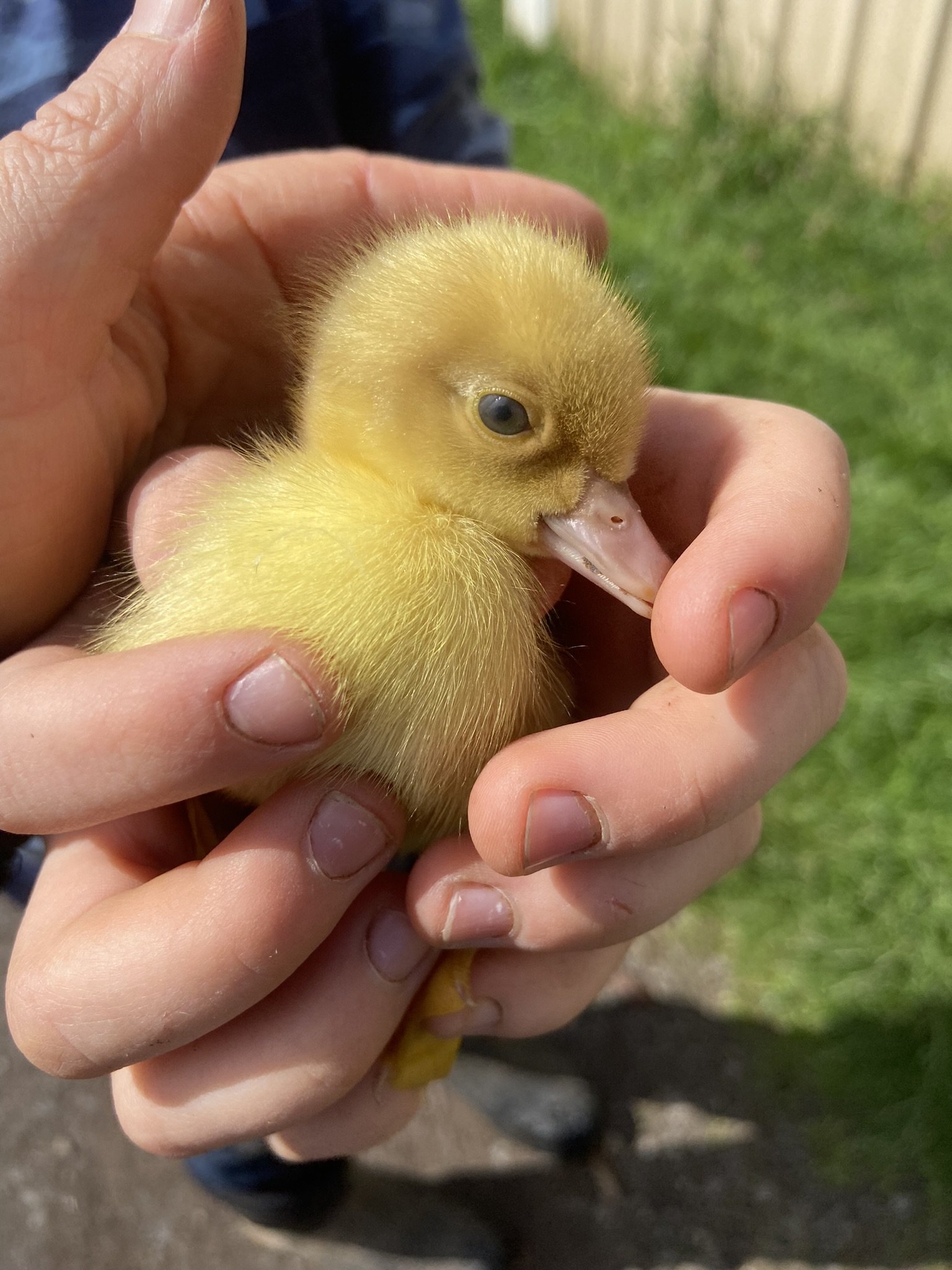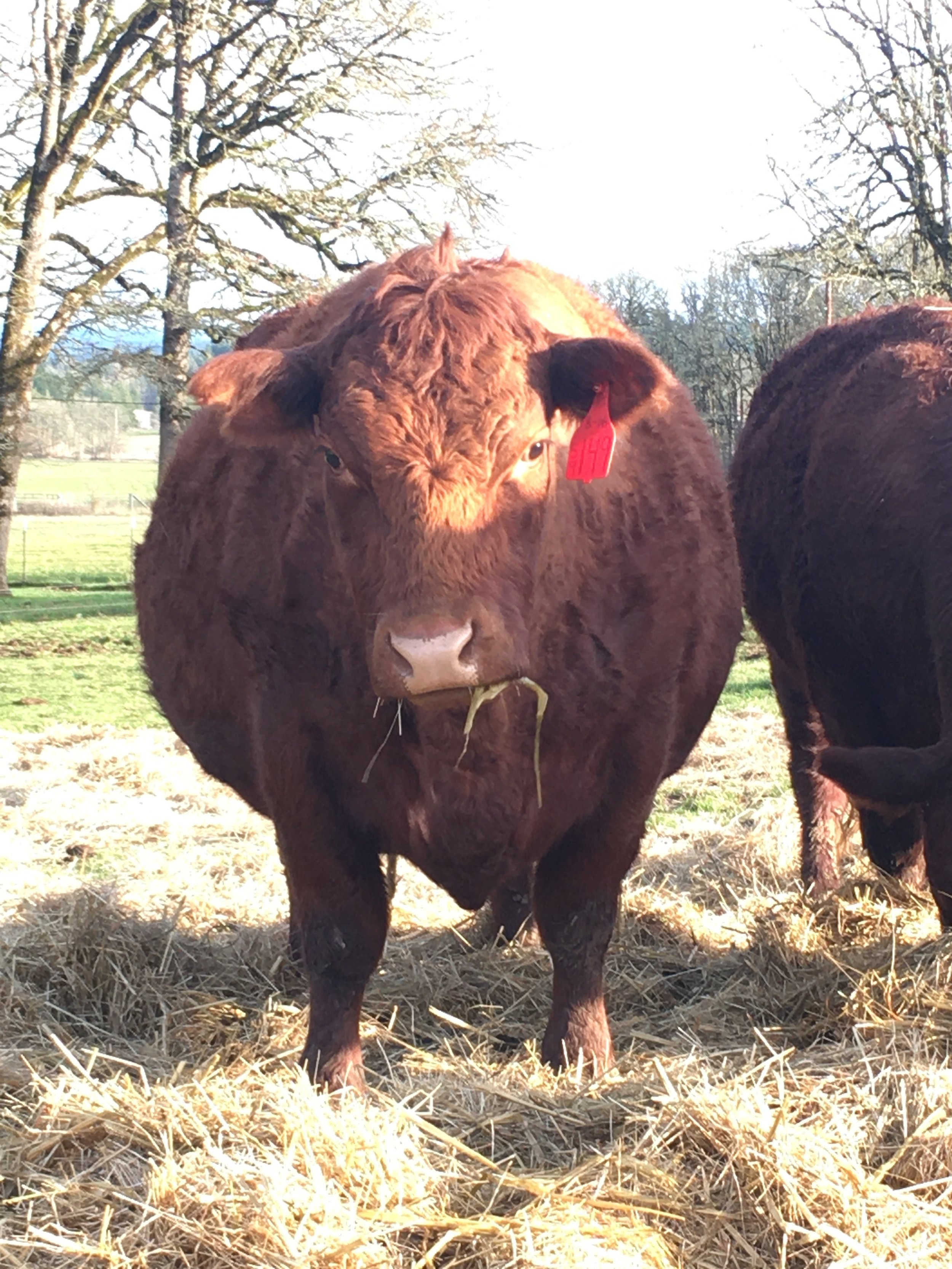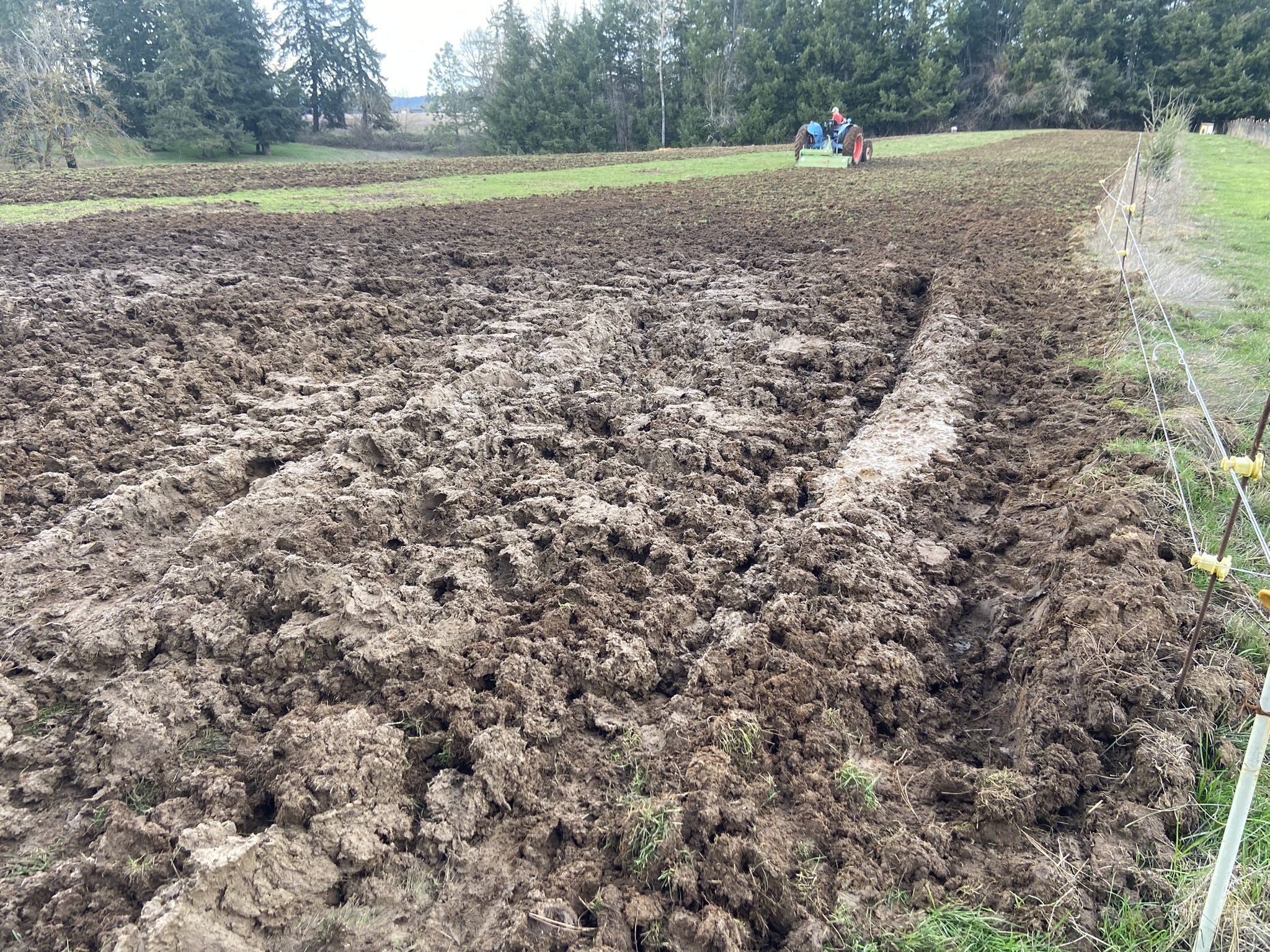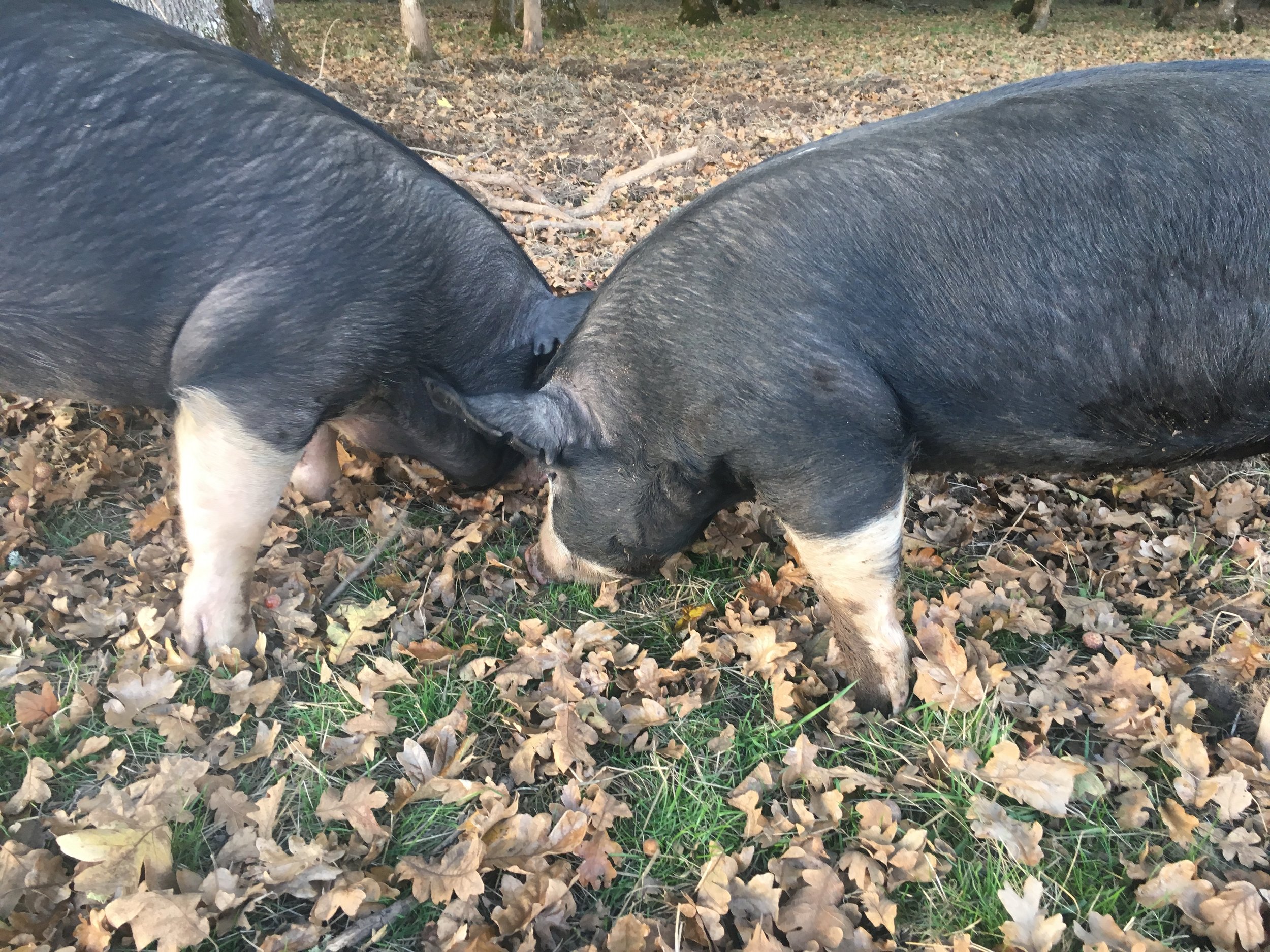The beauty and rhythm of raising beef from start to finish.
Let me take you behind the scenes of what life on the farm has been like this spring. It’s one of the most magical times of year—when the land stretches and yawns after a long winter, and everything around us seems to hum with new energy.
We plan our calving season for April because it lines up perfectly with the grand show nature puts on this time of year. Everywhere you look, life is bursting at the seams.
The ducks are parading their fuzzy little ducklings down to the pond, wild turkeys are strutting and gobbling in full display, and the deer are quietly tucking their spotted fawns into tall grass.
It’s a breathtaking season of rebirth—a symphony of new beginnings—and our baby calves fit right into the rhythm of it all.
The signs of spring start small: the flower buds begin to swell and burst open on the fruit trees, and a soft green hue creeps over the pasture grass. The days grow a touch longer, and that’s our signal—it’s time to start watching the mama cows a little more closely.
This time of year, they look like they might pop. Either we’ve been spoiling them with too much hay, or they’re about to bring new life into the world.
A few months ago, we took blood samples to confirm pregnancies—our new, more accurate method. It’s much gentler than the old-school way, which involved a rather up-close exam using nothing but a gloved arm and a whole lot of guesswork.
This is a newer practice for us, but so far it’s been reliable.
To understand how we got here, you have to rewind to last June. That’s when our calves were about three months old, and we turned the bull in with the mother cows. For two months, he did his job, and if all went well, each cow began their nine-month process of gestating a new life.
For most of our mama cows, this isn’t their first rodeo. They’re pros—nursing one calf while growing another.
When the nursing calf is 10 months old, feeling big and strong, and the next baby is nearly ready to be born, we wean the older calf. This gives Mama time to rest and recharge before she delivers again.
We call this delayed weaning, a practice that sets us apart from most conventional cattle ranchers, who typically wean calves between 6 to 8 months—sometimes even earlier, at just 4 or 5 months if pasture is scarce.
But we’ve found that giving calves more time at their mother’s side makes all the difference. The longer a calf can nurse, the stronger its immune system, the steadier its growth, and the fuller and healthier it becomes.
And if that calf is a heifer—one day destined to be a mama herself—staying close to her mother teaches her more than we ever could.
She learns by watching, by mimicking, by being part of the rhythm of maternal life. It’s slower, yes—but richer, too. A gentler way that, in time, raises wiser cows and more resilient herds.
And just like clockwork, we arrive at calving season. March rolls into April, and under the pull of a full moon, we begin to see the first signs—a change in posture, a quiet calm. Then, often under the cover of night, a new calf appears like a gift on the morning dew: a wobbly-legged, wide-eyed bundle of new beginnings.
This year, we’ve been blessed. No birthing troubles, no need to step in—just healthy mamas doing what they were made to do. That’s always the goal: trust nature, support where needed, and stand back in awe of the miracle that unfolds each spring.
One of the sweetest sights on the farm is what we like to call the cow babysitting club. It’s a quiet little tradition among the herd—completely instinctual, and endlessly heartwarming.
We’ll glance out across the pasture and see one mama standing calmly, surrounded by a circle of playful calves, while the rest of the mothers graze nearby, catching a break and maybe even sharing a moment of cow-to-cow conversation.
And then, the next day, they switch - taking turns without fuss, without direction, just an unspoken rhythm of care. Curiously, there’s always one cow who never steps in to babysit—a mama without a little one of her own. Still, the circle holds. It’s a reminder that even among animals, there’s community—a soft, sacred choreography of support.
We love sharing these moments with you, and if you’ve ever wanted to witness it all firsthand, we’d love to invite you to our Spring Farm Tour this May.
Come walk the pastures, meet the herd, and feel the heartbeat of the season.
Farm Tour DETAILS
When: Saturday May 31st
Time: 10am-12pm
Location: Nourished With Nature Farm, 34847 Bond Road Lebanon
Price: $40 per adult, children under 18 are free with their parent or guardian






























